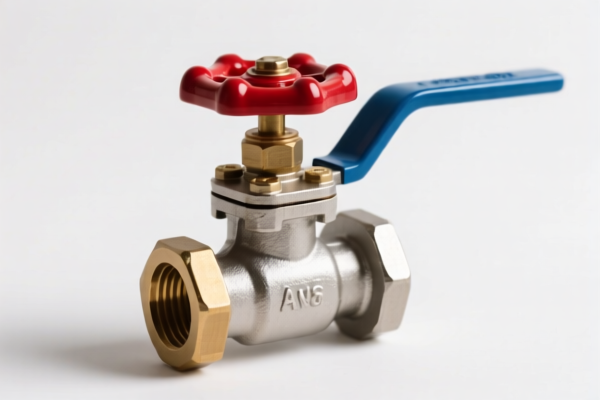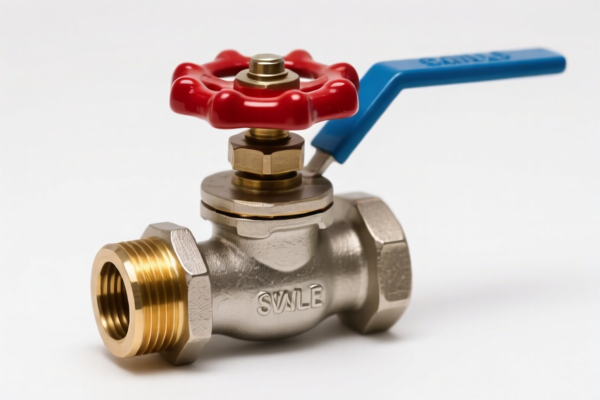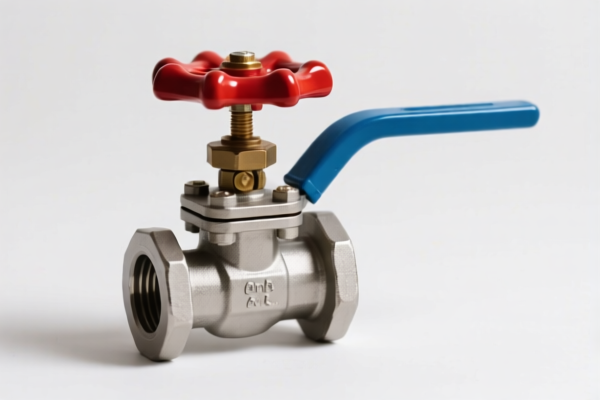| HS Code | Official Doc | Tariff Rate | Origin | Destination | Effective Date |
|---|---|---|---|---|---|
| 3923500000 | Doc | 60.3% | CN | US | 2025-05-12 |
| 8481809010 | Doc | 57.0% | CN | US | 2025-05-12 |




FLOAT VALVE - HS Code Classification & Customs Guide
This document provides a detailed breakdown of the HS codes associated with “FLOAT VALVE” and outlines the corresponding customs regulations for import purposes. Based on the provided information, two HS codes potentially apply. We will analyze each one, offering guidance for accurate classification.
Important Note: The final HS code determination rests with customs officials. This guide is for informational purposes and should not be considered definitive legal advice.
1. HS Code: 3923.50.00.00 – Stoppers, Lids, Caps and Other Closures, of Plastics
- Chapter 39: Plastics and articles thereof. This chapter covers a wide range of plastic products.
- 3923: Articles for the conveyance or packing of goods, of plastics; stoppers, lids, caps and other closures, of plastics. This specifically focuses on plastic items used for containing or sealing goods.
- 3923.50: Stoppers, lids, caps and other closures, of plastics. This narrows down the classification to plastic closures.
- 3923.50.00.00: This is the final, most specific code. It covers all stoppers, lids, caps, and other closures made of plastics.
Applicability to FLOAT VALVE: This code is suitable if the float valve is primarily functioning as a closure or sealing mechanism and is made of plastic. For example, a plastic float valve used to control liquid flow in a plastic container.
Tax Details:
- Basic Duty: 5.3%
- Additional Duty: 25.0% (current rate)
- Additional Duty (Post April 2, 2025): 30.0%
- Total Tax: 60.3%
Important Considerations:
- Material Composition: Confirm the float valve is entirely made of plastic. If other materials are present (e.g., metal components), this code may not be appropriate.
- Functionality: If the valve's primary function is not closure but flow control, consider HS Code 8481.80.90.10 (see below).
2. HS Code: 8481.80.90.10 – Other Ballcock mechanisms
- Chapter 84: Nuclear reactors, boilers, machinery and mechanical appliances; parts thereof. This chapter covers a broad range of industrial machinery.
- 8481: Taps, cocks, valves and similar appliances, for pipes, boiler shells, tanks, vats or the like, including pressure-reducing valves and thermostatically controlled valves; parts thereof. This specifically focuses on valves used in piping systems.
- 8481.80: Other appliances. This sub-heading covers valves not specifically classified elsewhere in 8481.
- 8481.80.90.10: Other Ballcock mechanisms. This is the most specific code, covering ballcock mechanisms (a type of valve).
Applicability to FLOAT VALVE: This code is suitable if the float valve is primarily functioning as a flow control valve within a piping system, tank, or similar application. For example, a valve used to automatically maintain water levels in a tank.
Tax Details:
- Basic Duty: 2.0%
- Additional Duty: 25.0% (current rate)
- Additional Duty (Post April 2, 2025): 30.0%
- Total Tax: 57.0%
Important Considerations:
- Material Composition: The material of the valve is less critical here, but it's still good to document.
- Functionality: Confirm the valve's primary function is flow control.
- Component Breakdown: If the valve is imported as separate parts, the parts may have different HS codes.
Recommendation & Next Steps:
Based on the information provided, HS Code 8481.80.90.10 appears to be the more appropriate classification if the float valve is functioning as a flow control valve. However, the final determination depends on the specific characteristics and intended use of the product.
To ensure accurate classification, please provide the following information:
- Detailed Product Description: A comprehensive description of the float valve, including its materials, dimensions, and specific applications.
- Technical Specifications: Any technical drawings or specifications sheets.
- Intended Use: How will the float valve be used? (e.g., water tank, industrial process, etc.)
- Invoice Details: A copy of the commercial invoice, including the declared value and single price.
Please Note: The additional duty rates are subject to change. It is crucial to verify the current rates with customs authorities before importing. You may also need to provide a Certificate of Origin to qualify for preferential tariff treatment.
Customer Reviews
The information is good, but I wish there were more examples of when to use each HS code. It would have helped me make a better decision.
I needed to know the tariff rates for exporting float valves to the US. This page had all the details I needed, including the 60.3% rate for HS Code 3923.50.00.00.
The info on the two HS codes was very helpful. I was confused about which one to use, but the explanation clarified it.
Great breakdown of HS Code 8481.80.90.10 for float valves. The tax details and applicability made it easy to understand.